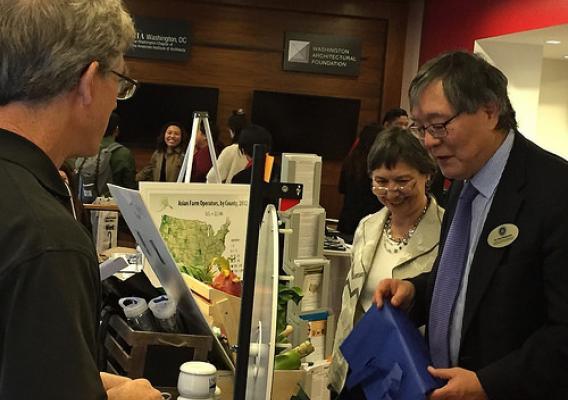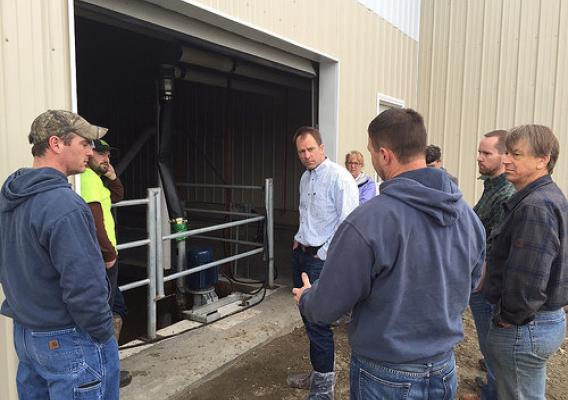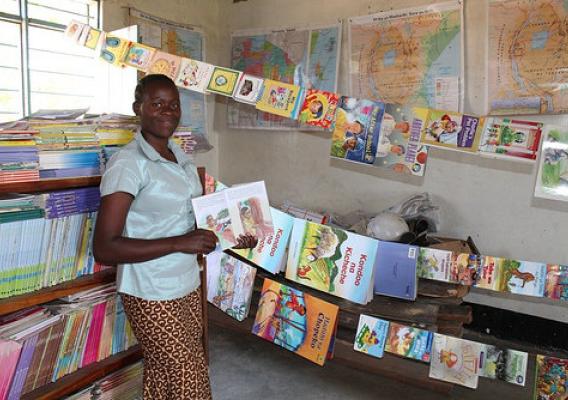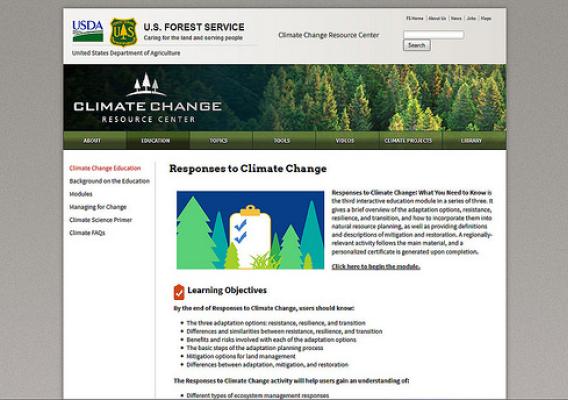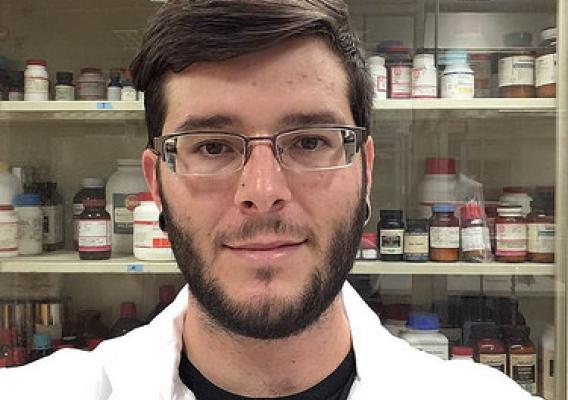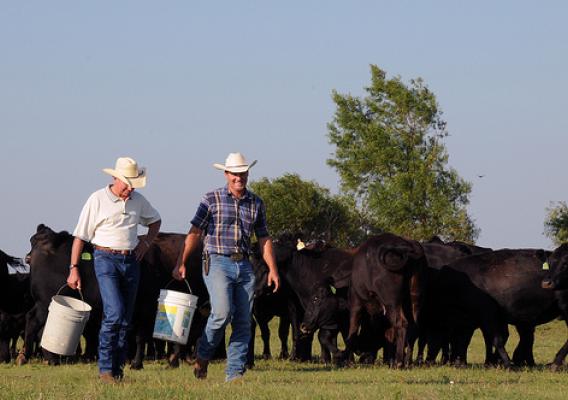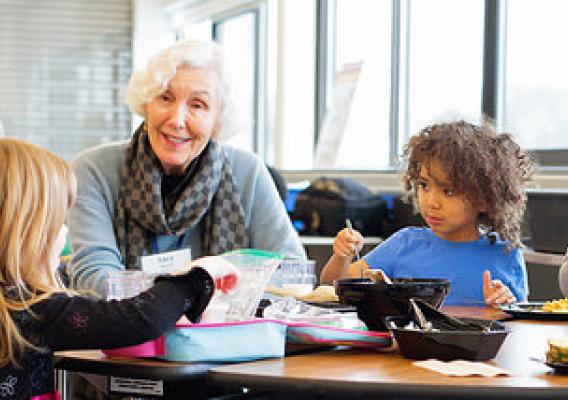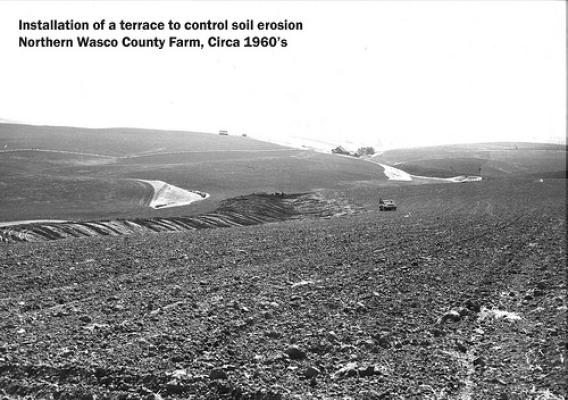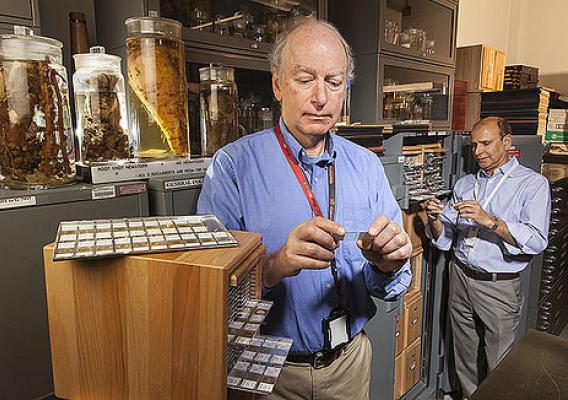How do you create a better lunch experience for students? It all started with a conversation between Ginger Davis Kranz, Principal of Webster Elementary School, and the Minneapolis Public Schools’ Director of Food Service, Bertrand Weber. In September 2016, I was fortunate enough to visit Webster Elementary School in Minneapolis and see for myself how their family-style dining works. I’d like to share Webster Principal Ginger Davis Kranz’s inspiring blog about her school’s innovative and thoughtful approach to the students’ mealtime experience.
By Ginger Davis Kranz, Principal of Webster Elementary School
What if school lunchtime was more than just a wait in line and a race to find a seat and eat, but instead was more like a traditional family meal – a time when friends gather to enjoy their food, engage in meaningful conversation, build relationships and gain important life skills? After reflecting on this question, Webster Elementary, a Minneapolis public school, made the decision to abandon the typical chaotic and impersonal lunchroom experience and create a family-style dining program.

